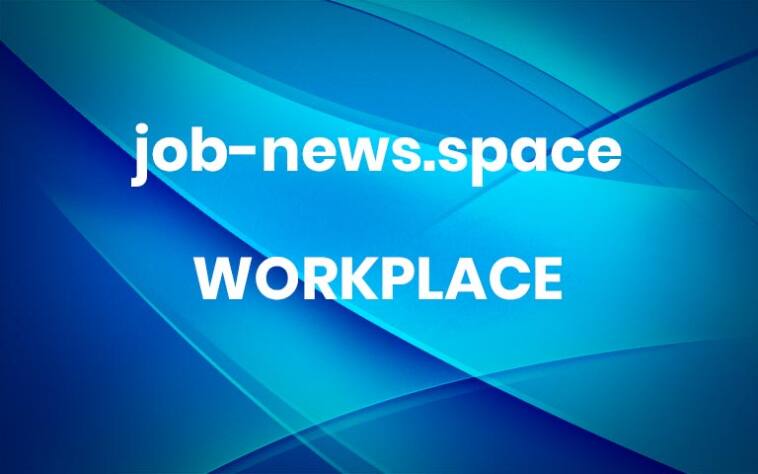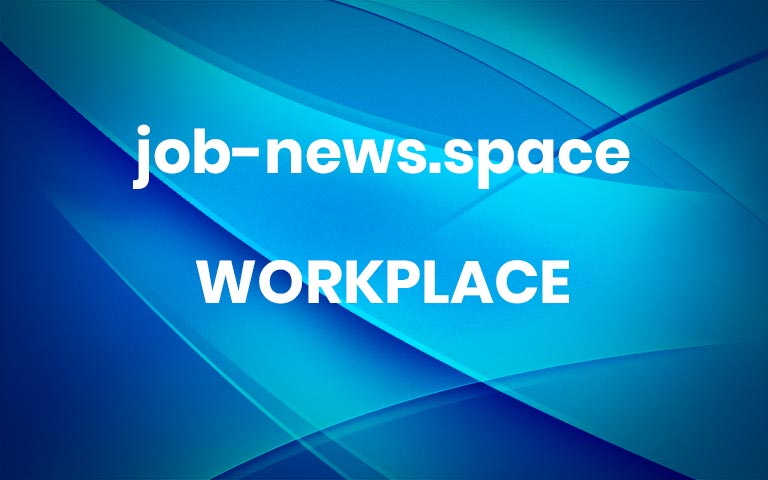Why Boots’ Return to the Office is a Mistake
Another month, another controversial move by a big company. This time, it’s Boots scrapping their two days of working from home in favour of a full return to the office. It’s the kind of swimming against the current that can make even the best of us question our direction; do they know something we don’t? From Boots to Zoom, the big names are burying their stake in the ground – but what if the devil is in the details of these statements? They are, after all, articulated by their CEOs.
Let’s investigate.
In its statement, Boots justifies its decision based on the perceived effectiveness of informal in-person interactions during the company’s current three-day office policy. The CEO said, ‘There is no doubt in my mind that the informal conversations, brief catch-ups, and ability to meet in groups in person have been far more effective and better for our unique Boots culture than the enforced formality of remote meetings.’
This statement clearly fronts an executive’s view. There’s no doubt that more in-person time benefits command and control leadership, where leaders can feel like there is progress and positive outcomes because they see everything with their own eyes. But this ban on any flexible work will, at best, favour a group-think mentality and, at worst, deliver authority bias.
The HR expert might also argue that it’s all just a thinly veiled attempt at reducing headcount in tough economic times. If this is true, what type of employees do Boots want to cut? Brian Kropp, Chief of HR Research at Gartner, says forcing employees to return fully on-site is a risk to diversity, equity, and inclusion because underrepresented groups of talent have seen vast improvements in how they work since being allowed more flexibility — and could be lost if flexibility isn’t an option.
Boots’ statement goes on to explain that the changes only apply to a subset of office workers and that it won’t change the working model for the vast majority. In fact, it claims that since Boots frontline employees are used to being on-site, this makes it fair between knowledge and frontline workers.
Is that what the frontline wants? Not better tools, communication, networking, career progression opportunities, or inclusion as members of the company’s mission, but less flexibility for knowledge workers? It doesn’t make sense. Office mandates don’t empower the frontline. They facilitate the creation of rules and processes in isolation, creating ivory towers where ideas and decisions are out of touch with customer issues.
Hybrid working was the great leveller that democratised decisions and helped office workers empathise with frontline challenges through free-flowing, digital communication. Toyota, for example, is known for the excellence of its Toyota Production System, created through a culture of ‘pulling’ ideas from the frontline instead of pushing mandates from the top. Companies should follow in Toyota’s footsteps to democratise ideation, not isolate it to a physical location and time of day.
But five days in the office means two more days of interactions and potential ideas, says Boots. Again, does it? Where is the data supporting that statement, let alone this whole decision, besides the CEO’s absolute belief? It doesn’t sound like a business decision based on new insight. Instead, it sounds like their leadership thinks interactions and ideas only occur when they’re around to see them; if a tree falls in a forest and no one is around to hear it, does it make a sound?
Well…yeah.
Maybe three days a week in the office isn’t the sweet spot for everyone, but Boots’ new five-days-in-the-office policy certainly doesn’t sound like progress. Working from home has earned its place and can back it up with data. Hopefully, the market will recognise this instead of following blindly in Boots’ footsteps.
By Kaz Hassan, Community & Industry Insights Lead at Unily.
Share this post: More





